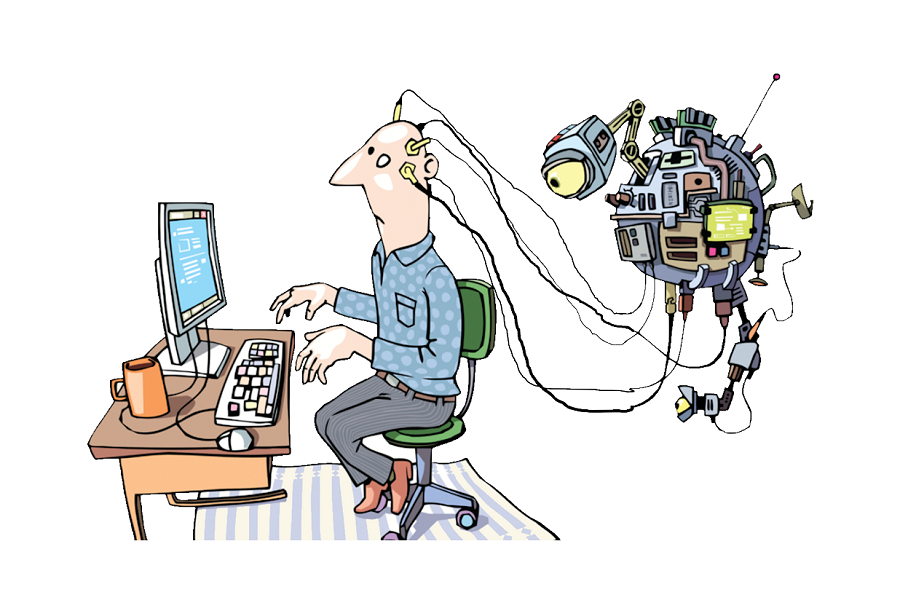
Published :
Updated :

If asked what the future holds, the majority of the people would give an obvious answer, and that is 'Artificial Intelligence.' The way AI has had a massive impact on people's lives and the way it has occupied such a huge space in our daily lives, this reply is pretty certain and expected.
Of course, artificial intelligence is going to shape the future, but what if you hear that it is not artificial intelligence that will sustain for long, but a slightly modified version of it?
Yes, you heard it right, and that is broadly known as 'Augmented Intelligence.'
The idea of augmented intelligence is to create a bridge between artificial and human intellect. It is designed to assist humans instead of substituting them.
Ever since AI started to grow, a lot of jobs fell at risk, which were readily replaceable by AI. However, machines were never meant to replace people but rather help them do tasks easily and more conveniently.
Realising the severity of this issue, American psychologist and computer scientist Joseph Carl Robnett Licklider first mentioned augmented intelligence in his article called 'Man-Computer Symbiosis' back in 1960.
Joseph had always believed that modern computers should be utilised to amplify intelligence, not automate. The whole idea of putting humans first and machines second has evolved with modern technologies and software that we use today.
For example, we use writing software to make the process of writing more efficient; we use designing software to create more accurate designs; we use digital sheets to keep track of things more comfortably; we use simulation software to create a practice field for professionals; and so on.
In all these examples, no software or application has ever been used to remove humans completely and make all the work done by computers alone.
"The future is not about computers replacing humans, but about humans and computers working together in symbiotic partnership."
- Yoshua Bengio (Computer Scientist)
However, as time goes on, the question that is becoming a concern worldwide is whether or not we are giving computers more power than they need. There have always been several people who wanted to make computers replace humans to make them cheaper, easier, and more convenient.
In the meantime, they completely overlooked the potentially dangerous consequences of surrendering human powers to machines.
The fundamental idea that 'if a computer can do it, let it do it' is the reason why people are losing their jobs, becoming less creative, and even forgetting the ability to perform basic tasks. The way artificial intelligence has developed over the past 10 years, it is high time we thought about an alternative with the same ability as artificial intelligence, just putting humans first. Here, augmented intelligence seems to be a godsend.
Unlike the traditional view of AI as an autonomous system operating without human involvement, augmented intelligence uses machine learning and deep learning to provide humans with meaningful data.
Consider a scenario where you have to make decisions from a large data set of 10,000 records. Here, augmented intelligence could help you by giving you all the additional information and facts that you might need to make the right choice in a particular situation, but it will never make the decision for you.
This is the magic of this technology. It is just as powerful as an AI assistant, yet it does not bring the threat of making you by itself.
khanpushpita11@gmail.com


 For all latest news, follow The Financial Express Google News channel.
For all latest news, follow The Financial Express Google News channel.